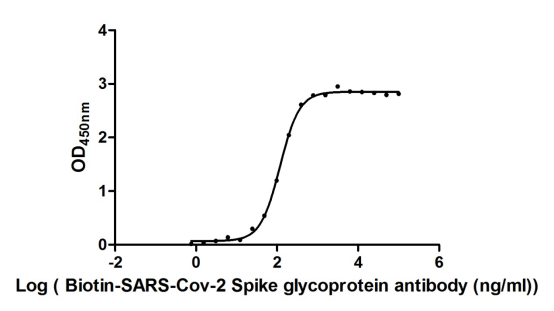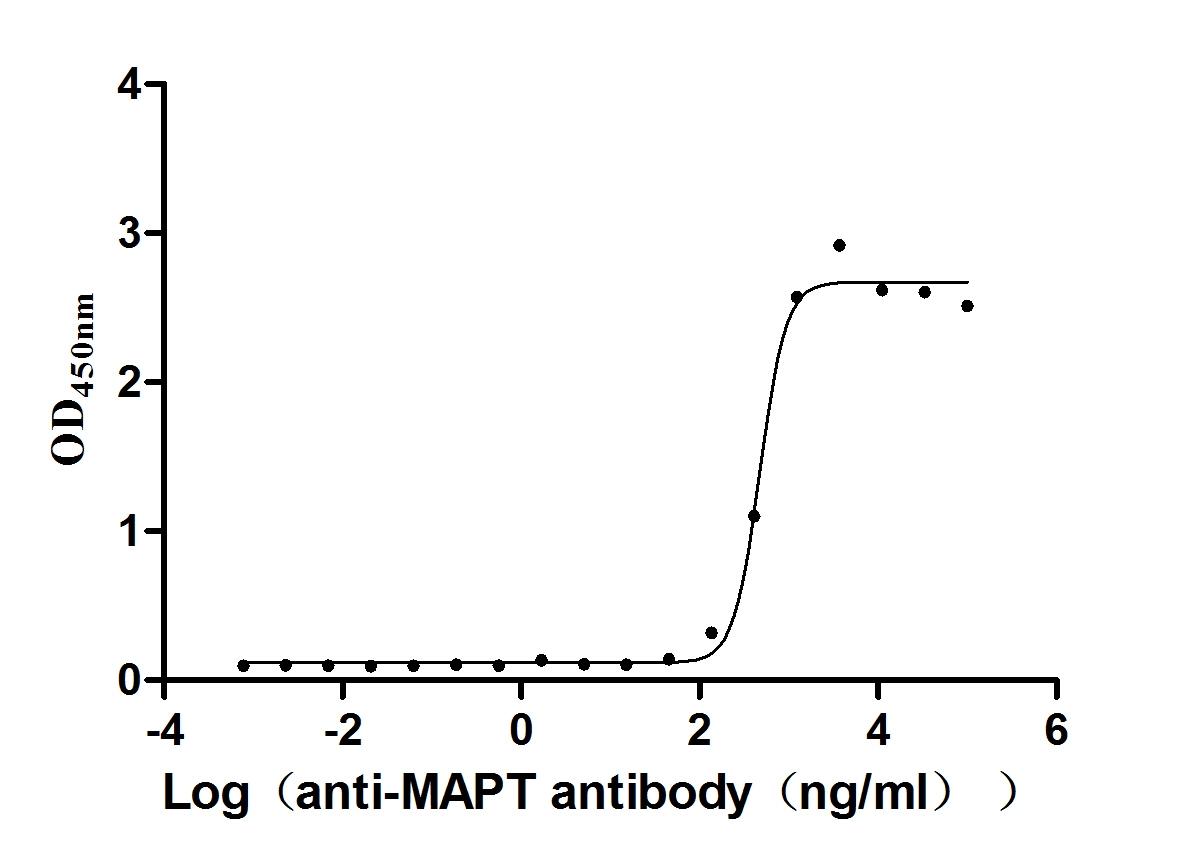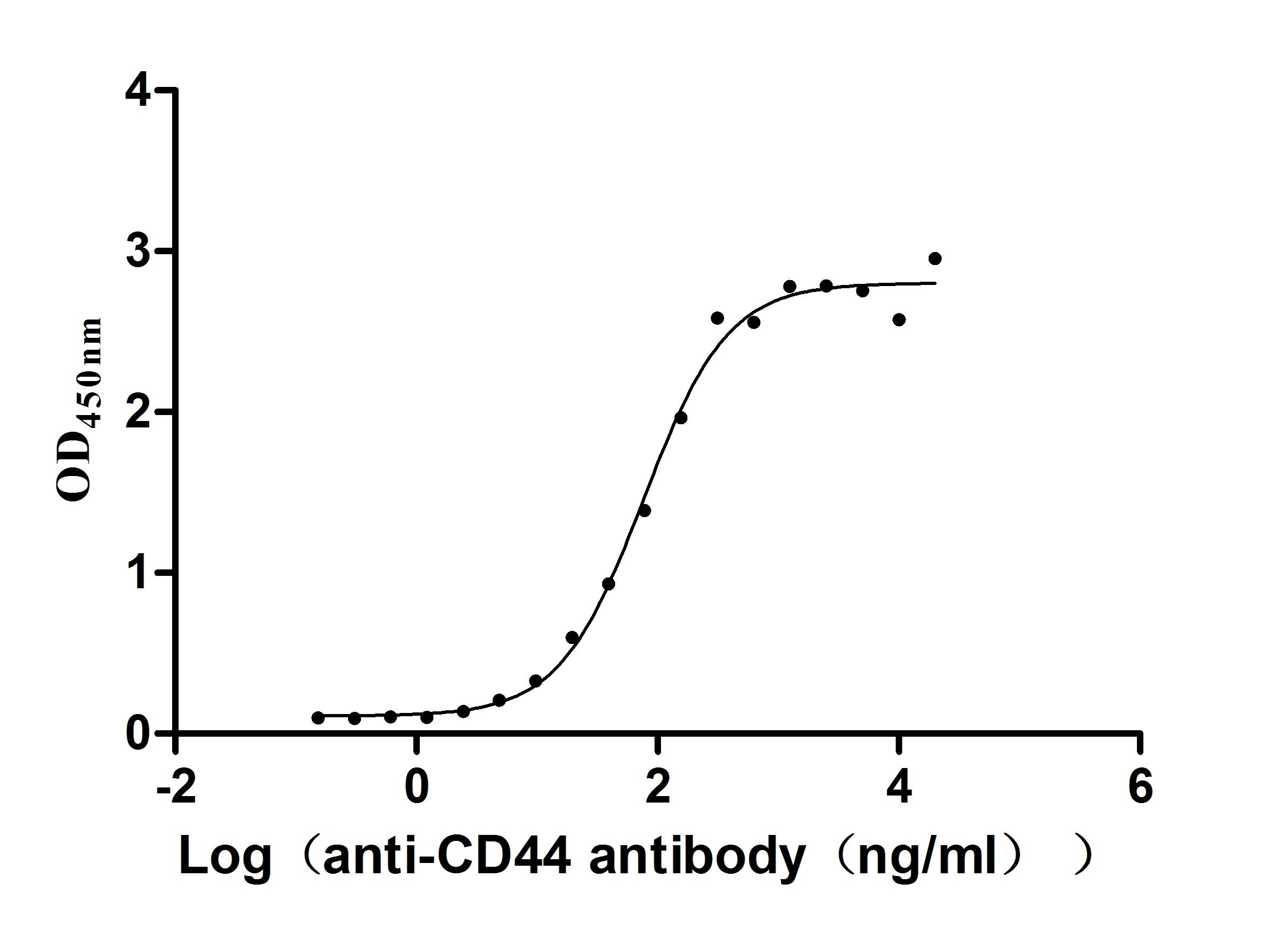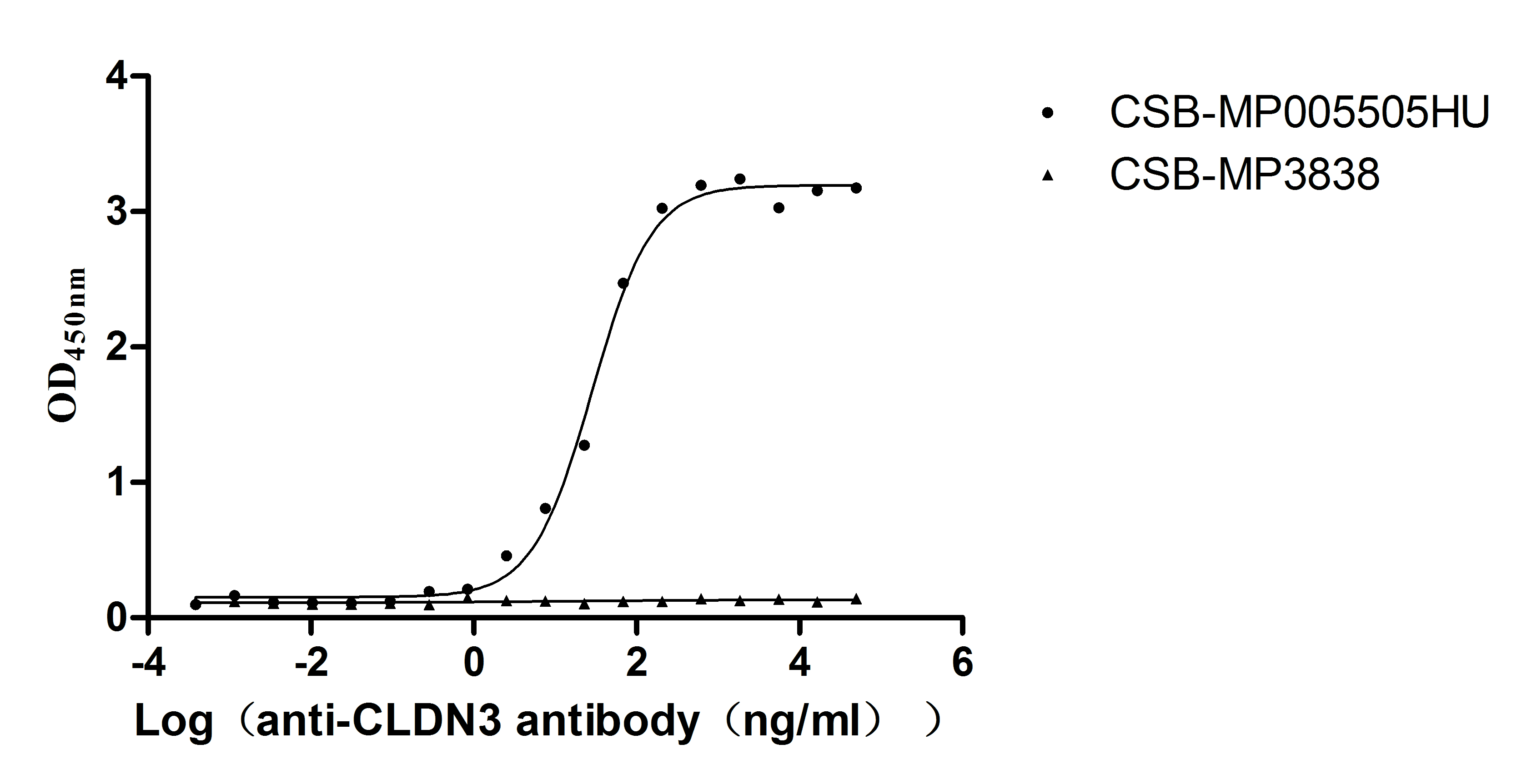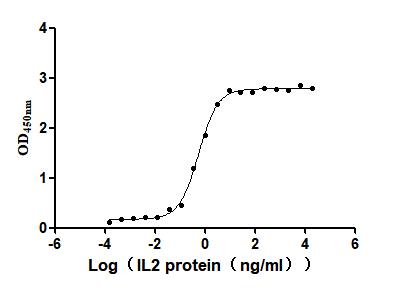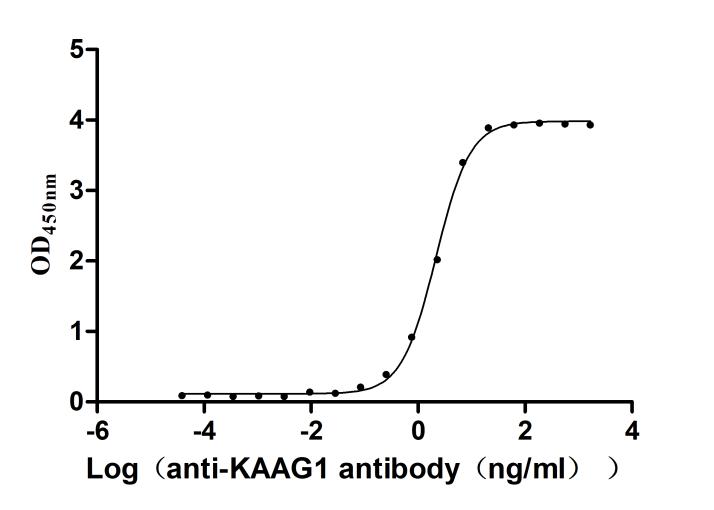Recombinant Mouse V-type proton ATPase 116 kDa subunit a isoform 4 (Atp6v0a4), partial
-
中文名稱:Recombinant Mouse V-type proton ATPase 116 kDa subunit a isoform 4(Atp6v0a4) ,partial
-
貨號:CSB-YP856354MO
-
規(guī)格:
-
來源:Yeast
-
其他:
-
中文名稱:Recombinant Mouse V-type proton ATPase 116 kDa subunit a isoform 4(Atp6v0a4) ,partial
-
貨號:CSB-EP856354MO
-
規(guī)格:
-
來源:E.coli
-
其他:
-
中文名稱:Recombinant Mouse V-type proton ATPase 116 kDa subunit a isoform 4(Atp6v0a4) ,partial
-
貨號:CSB-EP856354MO-B
-
規(guī)格:
-
來源:E.coli
-
共軛:Avi-tag Biotinylated
E. coli biotin ligase (BirA) is highly specific in covalently attaching biotin to the 15 amino acid AviTag peptide. This recombinant protein was biotinylated in vivo by AviTag-BirA technology, which method is BriA catalyzes amide linkage between the biotin and the specific lysine of the AviTag.
-
其他:
-
中文名稱:Recombinant Mouse V-type proton ATPase 116 kDa subunit a isoform 4(Atp6v0a4) ,partial
-
貨號:CSB-BP856354MO
-
規(guī)格:
-
來源:Baculovirus
-
其他:
-
中文名稱:Recombinant Mouse V-type proton ATPase 116 kDa subunit a isoform 4(Atp6v0a4) ,partial
-
貨號:CSB-MP856354MO
-
規(guī)格:
-
來源:Mammalian cell
-
其他:
產(chǎn)品詳情
-
純度:>85% (SDS-PAGE)
-
基因名:
-
Uniprot No.:
-
別名:Atp6v0a4; Atp6n1b; V-type proton ATPase 116 kDa subunit a isoform 4; V-ATPase 116 kDa isoform a4; Vacuolar proton translocating ATPase 116 kDa subunit a isoform 4; Vacuolar proton translocating ATPase 116 kDa subunit a kidney isoform
-
種屬:Mus musculus (Mouse)
-
蛋白長度:Partial
-
蛋白標簽:Tag?type?will?be?determined?during?the?manufacturing?process.
The tag type will be determined during production process. If you have specified tag type, please tell us and we will develop the specified tag preferentially. -
產(chǎn)品提供形式:Lyophilized powder
Note: We will preferentially ship the format that we have in stock, however, if you have any special requirement for the format, please remark your requirement when placing the order, we will prepare according to your demand. -
復溶:We recommend that this vial be briefly centrifuged prior to opening to bring the contents to the bottom. Please reconstitute protein in deionized sterile water to a concentration of 0.1-1.0 mg/mL.We recommend to add 5-50% of glycerol (final concentration) and aliquot for long-term storage at -20℃/-80℃. Our default final concentration of glycerol is 50%. Customers could use it as reference.
-
儲存條件:Store at -20°C/-80°C upon receipt, aliquoting is necessary for mutiple use. Avoid repeated freeze-thaw cycles.
-
保質期:The shelf life is related to many factors, storage state, buffer ingredients, storage temperature and the stability of the protein itself.
Generally, the shelf life of liquid form is 6 months at -20°C/-80°C. The shelf life of lyophilized form is 12 months at -20°C/-80°C. -
貨期:Delivery time may differ from different purchasing way or location, please kindly consult your local distributors for specific delivery time.Note: All of our proteins are default shipped with normal blue ice packs, if you request to ship with dry ice, please communicate with us in advance and extra fees will be charged.
-
注意事項:Repeated freezing and thawing is not recommended. Store working aliquots at 4°C for up to one week.
-
Datasheet :Please contact us to get it.
靶點詳情
-
功能:Part of the proton channel of the V-ATPase that is involved in normal vectorial acid transport into the urine by the kidney.
-
基因功能參考文獻:
- The identification of novel locations for the a4 subunit and other tissue-restricted subunits increases the range of unique subunit combinations making up the proton pump. PMID: 27368196
- The first detailed analysis of the structure and function of the auditory system in Atp6v0a4(-/-) knockout mice, is reported. PMID: 23065636
- V-ATPase a4 knockout mice suffer not only from severe acidosis but also from proximal tubule dysfunction with defective endocytic trafficking, proteinuria, phosphaturia and accumulation of lysosomal material. PMID: 22933323
- Atp6v0a4 knockout mouse is a model of distal renal tubular acidosis with hearing loss, with additional extrarenal phenotype PMID: 22872862
- Immunolocalization demonstrated expression of all 'a' subunits in the proximal tubule and in the intercalated cells of the collecting system. PCR detected mRNAs encoding all four 'a' isoforms with a relative abundance in the following order: a4>a2=a1>a3. PMID: 17595521
- Data suggestthat Foxi1 is necessary for expression of at least four subunits in three different epithelia and most likely is a major determinant for proper assembly of a functional vacuolar H(+)-ATPase complex at these locations. PMID: 19214237
顯示更多
收起更多
-
亞細胞定位:Cell membrane; Multi-pass membrane protein. Note=Apical immunostaining present in male genital tissue. According to PubMed:11498539, clearly detectable not only on the apical surface of alpha-intercalated cells but also on the basolateral surface of beta cells.
-
蛋白家族:V-ATPase 116 kDa subunit family
-
組織特異性:Specifically expressed in kidney, but not in the heart, brain, spleen, lung, liver, muscle, or testis. Distribution within the kidney appears more widespread than that seen in man. High intensity staining at the surface of intercalated cells, with additio
-
數(shù)據(jù)庫鏈接:
Most popular with customers
-
Recombinant Severe acute respiratory syndrome coronavirus 2 Spike glycoprotein (S), partial (Active)
Express system: Mammalian cell
Species: Severe acute respiratory syndrome coronavirus 2 (2019-nCoV) (SARS-CoV-2)
-
Recombinant Mouse Microtubule-associated protein tau (Mapt) (Active)
Express system: Mammalian cell
Species: Mus musculus (Mouse)
-
Recombinant Macaca fascicularis CD44 antigen (CD44), partial (Active)
Express system: Mammalian cell
Species: Macaca fascicularis (Crab-eating macaque) (Cynomolgus monkey)
-
Recombinant Human Claudin-3 (CLDN3)-VLPs (Active)
Express system: Mammalian cell
Species: Homo sapiens (Human)
-
Recombinant Human Transferrin receptor protein 1 (TFRC), partial (Active)
Express system: Mammalian cell
Species: Homo sapiens (Human)
-
Recombinant Human Interleukin-2 (IL2) (Active)
Express system: Mammalian cell
Species: Homo sapiens (Human)
-
Recombinant Human Kidney-associated antigen 1 (KAAG1) (Active)
Express system: E.coli
Species: Homo sapiens (Human)


